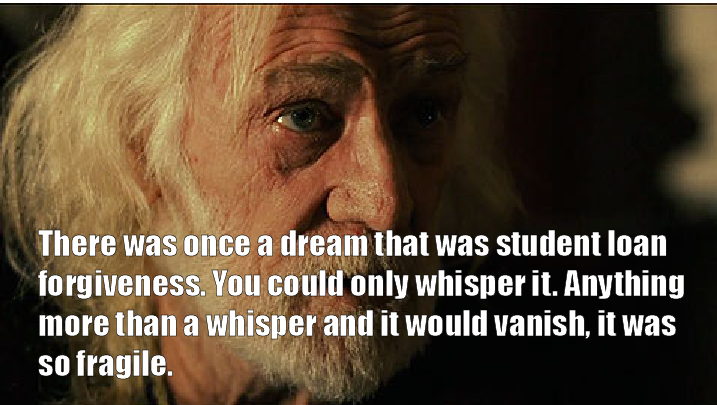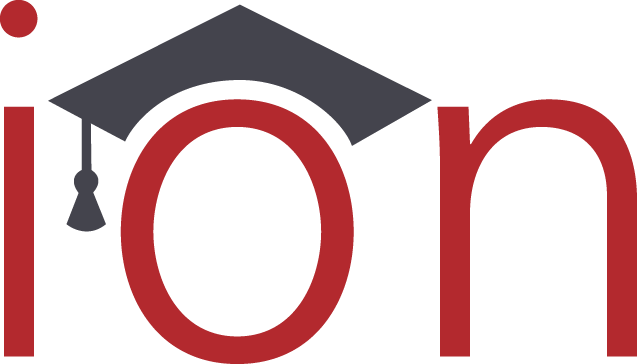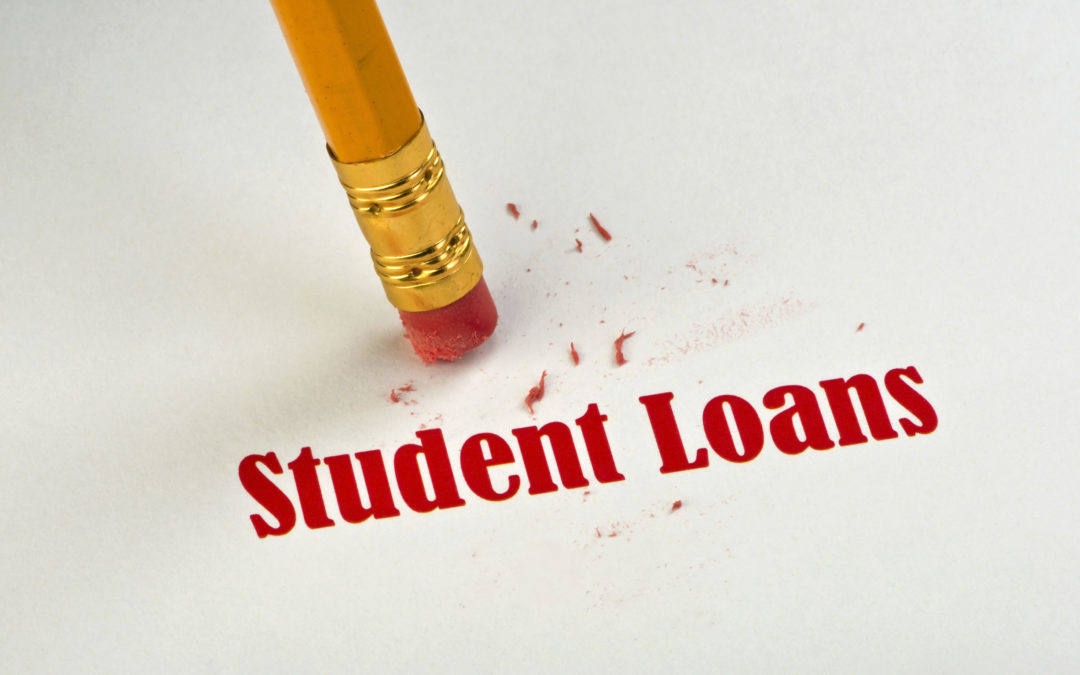It can feel overwhelming when you owe over $40,000 in student debt. Those monthly student loan bills inhibit millions of people from buying a house, saving for retirement, or even starting a family.
Many student loan borrowers we service latch onto the idea of total debt forgiveness. We’ve thoroughly explored all options, from income-based repayment plans to public service, that promise a student loan payout at the end.
It is easy to understand why the idea of having your loans completely forgiven is so enticing. In a sense, it’s a bit like winning the lottery. You are free to pursue your dreams, no longer saddled with money problems.

Unfortunately, student loan forgiveness isn’t as simple as it seems. From complex requirements to taxation down the road, it is vital that you understand the intricacies of a forgiveness program.
Here at IonTuition, we are passionate about student loan assistance. It is why we started our innovative program that allows companies to provide student loan repayment benefits. We’ll happily walk any employee through all of their repayment paths that might lead to forgiveness, even if it takes 25 years.
Let’s Focus on Federal Loans
One of the first thing we consider is whether a loan even qualifies for such a program. The big differentiation to keep in mind here is private versus federal loans.
Most of the great programs you hear about, such as income repayment programs and public service forgiveness programs, are geared toward federal loans only. Private loans are typically not eligible.
If you do have a federal student loan—or loans—there are options on the table for forgiveness. When it comes to federal loans, there are two major styles of forgiveness options. One plan falls under an income-driven style repayment system, the other falls under public service loan forgiveness. It is important to consider the pros and cons of each one, as well as your eligibility.
TIP: Federal student loan holders can head over to the government’s website to find out more details about eligibility for forgiveness programs.
Vocational Driven Forgiveness
Public service loan forgiveness is in conjunction with specific vocations, such as working for a non-profit organization. There are even segments specific to teacher forgiveness and nurses.
Income-Driven Forgiveness
Income-driven programs can be utilized no matter what your vocation is and are solely determined based upon the amount of money you are earning.
When you hear about 20- to 25-year forgiveness programs, the plans being referenced are income-driven student loan repayment plans, of which there are a variety of options—each outlined below.
The Hidden Contingency Of Student Loan Forgiveness
Income-driven repayment plans are extremely helpful for those who are drowning in debt. They make it possible for you to afford your bills without missing an important payment. However, there is a contingency that many people do not know they should plan for.
The year your loans are forgiven, the forgiven debt will be treated as income and taxed accordingly.
In the case of someone who has a large amount of debt, the amount of taxes owed could be significant. For this reason, it is vital that you plan ahead for this event.
Keep in mind, this is not the same case for loans forgiven under the Public Service Loan Forgiveness Program. This means that if you spend time working for a qualifying public service job and your loans are subsequently forgiven, it is done. You don’t owe anything. However, few people who have applied for PSLF have qualified.
Partner with the Experts to Stay on Track
Here at IonTution, we understand the huge burden student loan debt can be. For this reason, we offer outstanding student loan assistance programs that companies can offer to their employees who are facing student debt. Reach out today to learn more about how your company can implement this unique benefit.

